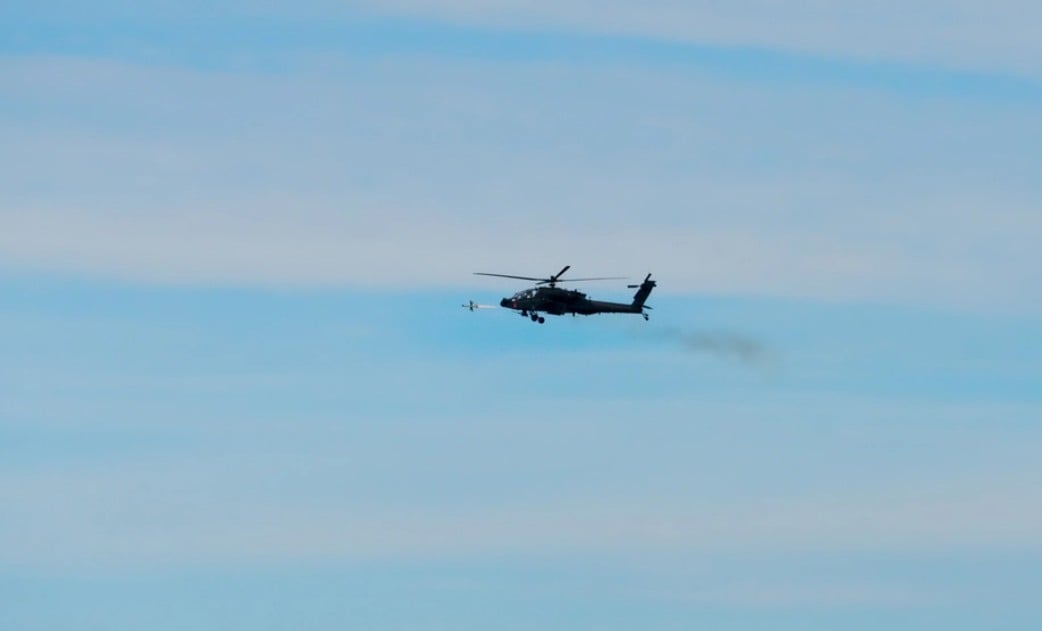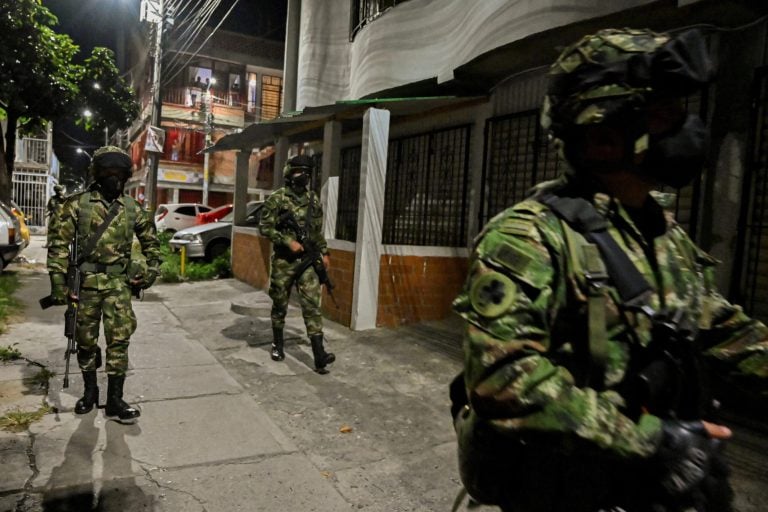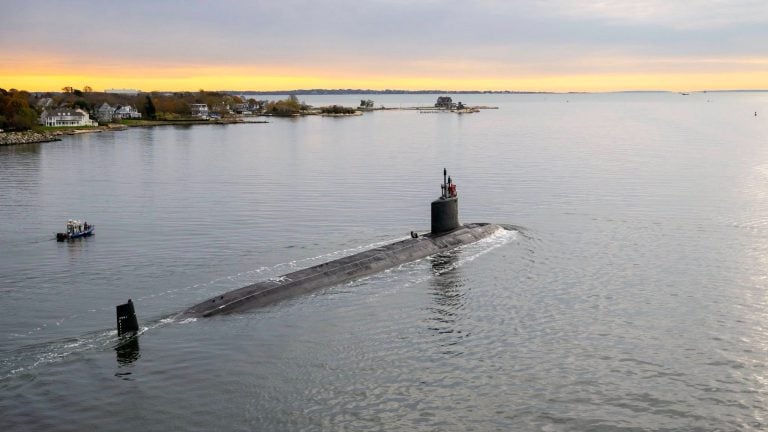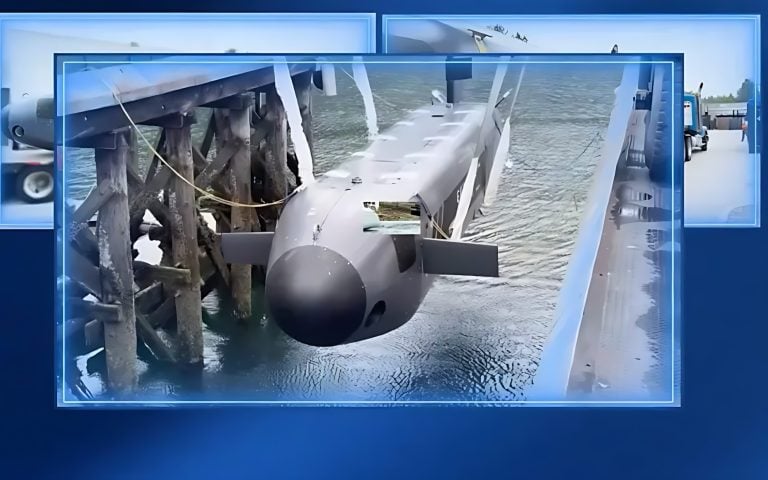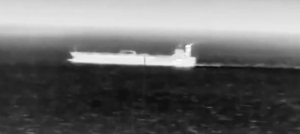In a significant development for military capabilities, the United States and Poland have successfully completed assessments confirming that Apache helicopters are equipped to fire the Spike Non-Line-of-Sight (NLOS) missile under operational conditions. This advancement not only enhances the Apache’s engagement range but also marks a pivotal milestone in the U.S. military’s operations in Europe.
The tests took place during the third Polish Apache Initiative, involving coordinated exercises between U.S. and Polish crews. Conducted in both Europe and the U.S. Central Command area’s training environments, these tests included missile launches in Poland, representing the first time the Spike NLOS has been utilized by U.S. forces on European soil.
The Spike NLOS missile is known for its impressive range, capable of reaching up to 30 miles (48 kilometers). This expanded capability allows the Apache helicopters to engage a variety of targets, including armored vehicles, air defense systems, naval units, and troop formations, at distances roughly four times further than that of the Hellfire missile. This enhancement is perceived as a game-changer in modern warfare.
“The Spike NLOS missile dramatically extends our reach and precision, providing our ground force commanders with a decisive advantage,” stated Col. Tyler B. Partridge, commander of the 101st Combat Aviation Brigade. His remarks underscore the strategic benefits of integrating such advanced capabilities into operational frameworks.
The integration of the Spike NLOS missile is also part of a broader modernization program for the Apache helicopters, reflecting recent improvements in system integration and crew operations. This evolution demonstrates that these aircraft can now employ a missile system with both extended range and flexibility, adapting to a wide array of combat scenarios.
The Spike NLOS is designed as a precision-guided missile, utilizing an electro-optical/infrared seeker and a two-way radio-frequency datalink for target tracking. This technological advancement allows Apache helicopters not only to engage targets from greater stand-off distances but also provides real-time capabilities during missile flight. Operators can lock onto targets before launch and continue to guide the missile using its infrared imaging system, while the datalink enables live video feeds and control during the missile’s trajectory. This feature allows crews to update targeting information, switch targets, or abort strikes as situational conditions evolve, further enhancing tactical flexibility.
The successful integration of the Spike NLOS into Apache operations represents a significant leap forward in the capabilities of both U.S. and Polish military forces and sets the stage for more advanced joint operations in the future.
